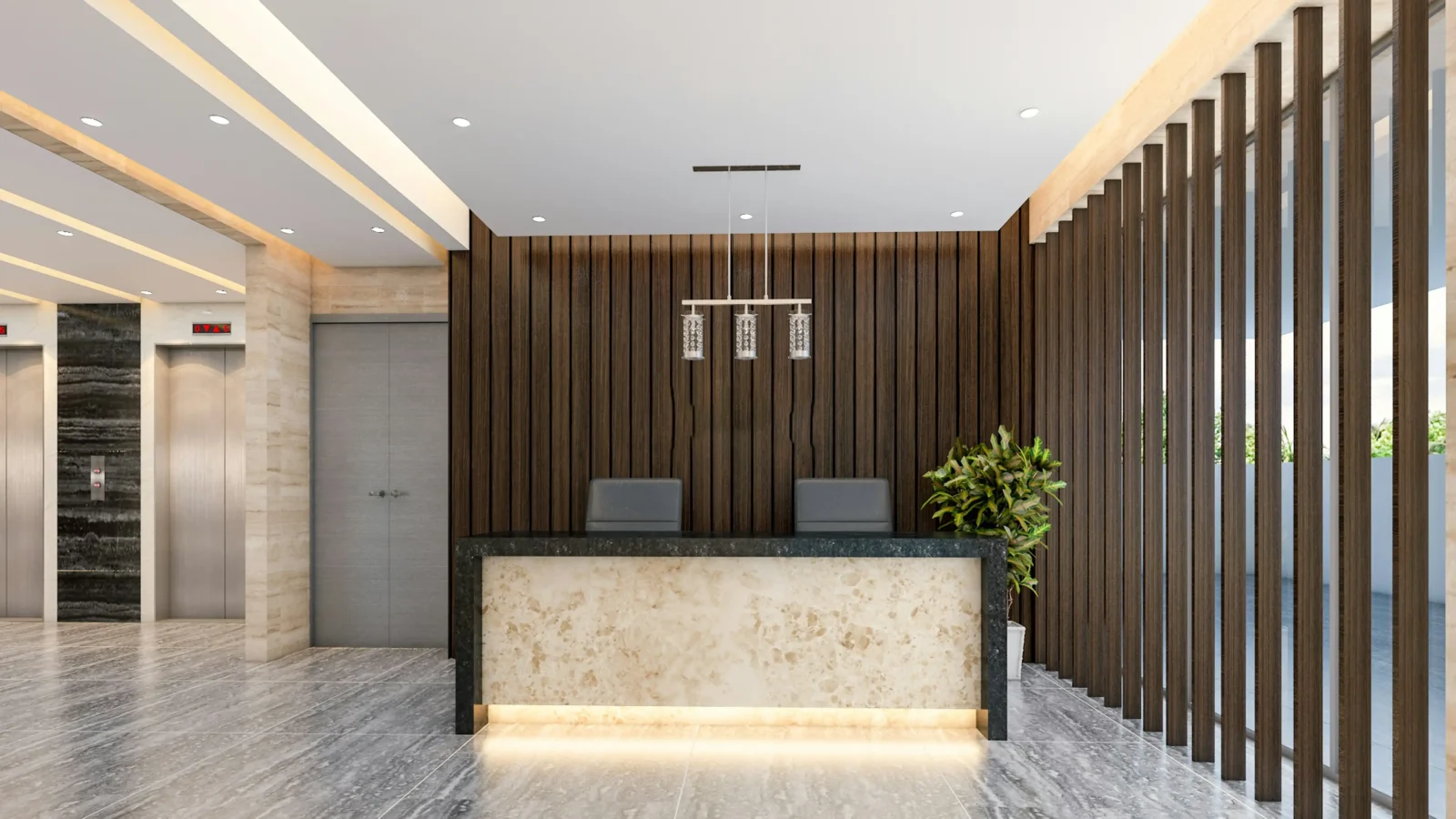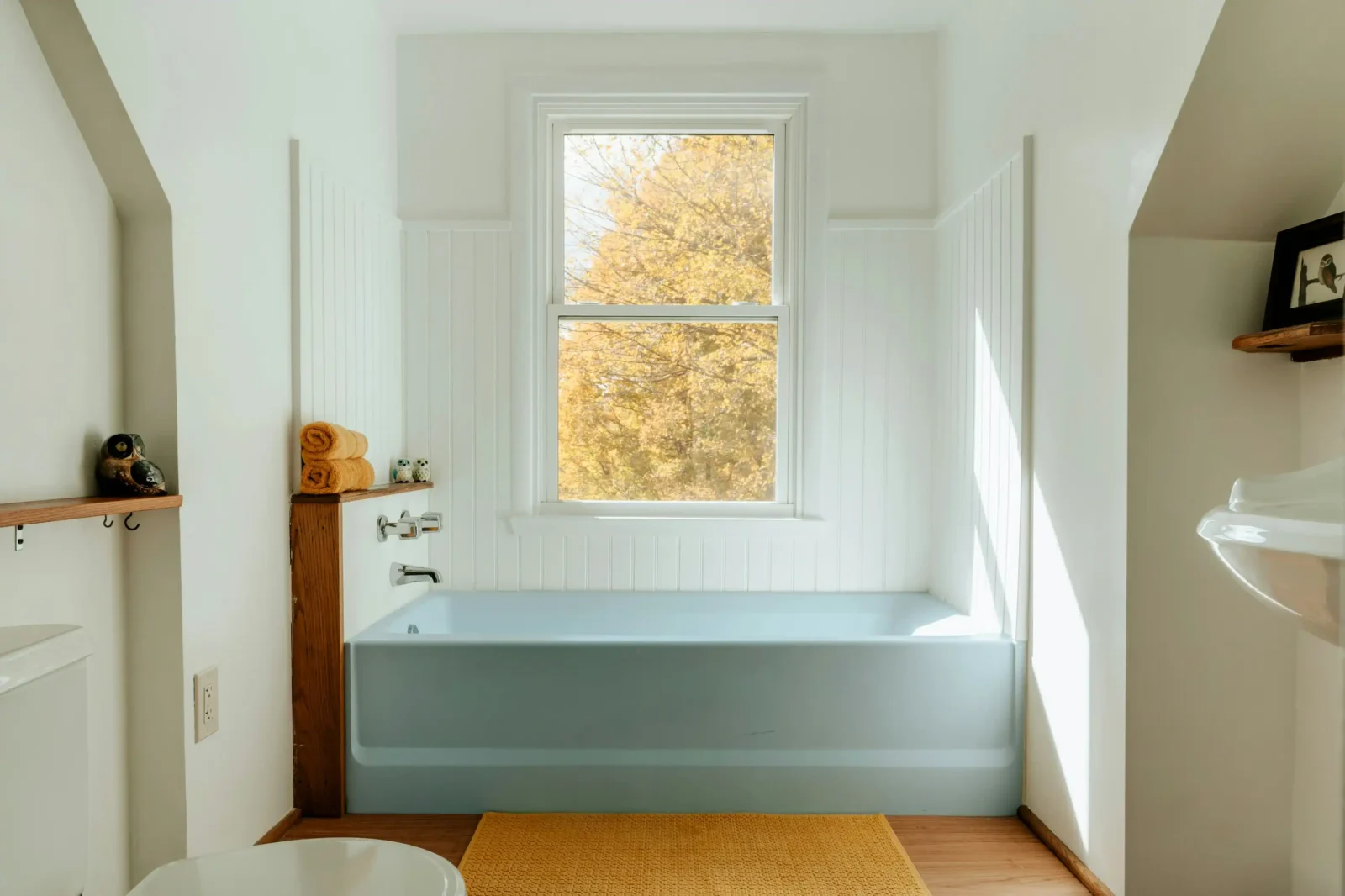- Home
- Articles
- Architectural Portfolio
- Architectral Presentation
- Inspirational Stories
- Architecture News
- Visualization
- BIM Industry
- Facade Design
- Parametric Design
- Career
- Landscape Architecture
- Construction
- Artificial Intelligence
- Sketching
- Design Softwares
- Diagrams
- Writing
- Architectural Tips
- Sustainability
- Courses
- Concept
- Technology
- History & Heritage
- Future of Architecture
- Guides & How-To
- Art & Culture
- Projects
- Interior Design
- Competitions
- Jobs
- Store
- Tools
- More
- Home
- Articles
- Architectural Portfolio
- Architectral Presentation
- Inspirational Stories
- Architecture News
- Visualization
- BIM Industry
- Facade Design
- Parametric Design
- Career
- Landscape Architecture
- Construction
- Artificial Intelligence
- Sketching
- Design Softwares
- Diagrams
- Writing
- Architectural Tips
- Sustainability
- Courses
- Concept
- Technology
- History & Heritage
- Future of Architecture
- Guides & How-To
- Art & Culture
- Projects
- Interior Design
- Competitions
- Jobs
- Store
- Tools
- More
More Than a Gate: Designing a Secure and Stylish Home Entryway

A property’s entrance tells a story before a single guest steps inside. This transitional space, from the street to your front door, establishes expectation and character. Designing this area requires a thoughtful blend of aesthetics, security, and pure functionality. Your choices here, particularly regarding the driveway gate, create a powerful first impression that can elevate your entire property’s presence. This guide explores how to craft an entry sequence that feels both grand and genuinely welcoming.
Table of Contents
ToggleEstablishing Your Primary Objectives
Begin by asking what you want this space to accomplish. Is creating an imposing sense of arrival your main goal? Perhaps privacy and security are the dominant concerns for your family. Maybe your focus is purely on enhancing visual appeal from the curb. Defining these core priorities will guide every subsequent decision. For many homeowners, the ultimate fusion of convenience and security is achieved through the installation of automatic driveway gates. These systems offer seamless access while maintaining a clear boundary, perfectly marrying modern technology with timeless design principles.

Harmonizing with Architectural Style
Your home’s design should dictate the gate’s character. A sleek, minimalist contemporary residence might call for clean-lined steel panels or horizontal aluminum slats. A traditional Tudor or Colonial home often pairs beautifully with classic wrought iron patterns or sturdy timber constructions. Look to your home’s existing features, the shape of the windows, the material of the facade, for direct inspiration. The entryway should feel like a natural extension of the house itself, not a disconnected afterthought.
Selecting the Right Material Palette
Durability and aesthetics converge in your material selection. Wrought iron offers timeless elegance and formidable strength, though it may require periodic maintenance to prevent rust. Aluminum provides a lightweight, rust-proof alternative with a modern feel. Solid wood gates deliver unmatched warmth and traditional charm but need regular sealing or painting. Each option carries a different visual weight and long-term care commitment, making this one of your most consequential choices.
Mastering Scale and Proportion
A gate’s size relative to your driveway and home is critical. An overly large gate can appear intimidating and fortress-like, while one that is too small might seem insignificant and lose its impact. The gate’s height should create a noticeable transition without blocking desirable views of your landscaping or home. Its width must comfortably accommodate your vehicles while maintaining pleasing proportions with the supporting pillars or fence lines. Getting these ratios right is fundamental to a balanced and impressive presentation.

Integrating Landscape and Lighting
The surrounding environment completes the picture. Soften the gate’s structure with thoughtful planting; low boxwood hedges or climbing roses on adjacent pillars can integrate it into the garden. Lighting is equally crucial for both safety and drama. Downlights can graze a textured surface to highlight details, while subtle pillar-top lanterns ensure clear visibility after dark. This layered approach transforms a simple barrier into a dynamic part of your home’s nighttime curb appeal.
Navigating Practical Considerations
Never overlook the functional logistics. If you choose an automated system, ensure there is a clear path for the gate to swing or slide without obstruction – an important consideration when installing automatic gates. Account for the necessary electrical work and the placement of keypads or intercom systems for visitor access. Local regulations or homeowners’ association rules might also impose specific restrictions on height, style, or even color. Addressing these practicalities during the planning phase prevents costly and frustrating adjustments later.
Creating a remarkable entryway is an exercise in thoughtful composition. It demands a balance between your personal style, your home’s architecture, and the inescapable requirements of daily life. By approaching the design as a cohesive journey from street to doorstep, you craft an experience. This process results in more than just a boundary; it builds a memorable prelude that gracefully introduces visitors to the home you’ve created behind it.
illustrarch is your daily dose of architecture. Leading community designed for all lovers of illustration and #drawing.
Submit your architectural projects
Follow these steps for submission your project. Submission FormLatest Posts
What are the Benefits of Compact Pile Driving Tools
A small crew walks a narrow right of way between trees and...
How to Choose the Right HVAC Installation Service
A quiet mechanical system starts with sound choices before any equipment arrives....
10 German Kitchen Ideas to Inspire a Sleek and Functional Modern Home
German kitchens are renowned worldwide for their innovative designs, exceptional quality, and...
Gift Ideas for Architects and Designers: Useful, Beautiful Picks They’ll Actually Love
Gift ideas for architects and designers: curated, use-in-studio picks by budget and...












Leave a comment